
The 1950s were a turning point for DC Comics. The comic book industry was changing, and stricter rules meant less violence and mature content. This led to the end of what’s known as the Golden Age of comics around 1956 and the start of the Silver Age, where DC shifted to brighter, more family-friendly stories. A key to DC’s success during this shift was the introduction of memorable and imaginative villains. As stories about fighting Nazis and gangsters lost their appeal, DC began featuring supervillains with striking powers and costumes – often evil versions of existing heroes. These new villains helped DC navigate a difficult period for the entire comic book industry.
DC Comics moved away from realistic criminals and tough guys, introducing a wave of bizarre new villains like robots, duplicates, extraterrestrials, and even intelligent apes! While originally meant to be more playful, these supervillains became incredibly popular and evolved into a key part of the comics, becoming stronger, more complex, and far more threatening than they were at the beginning.
10) Firefly

Firefly, originally named Garfield Lynn, debuted as a minor Batman villain in 1952. Over time, he evolved from a relatively insignificant criminal into a dangerously unstable supervillain. Initially, Firefly was a thief who used gadgets like lasers and holograms, but he wasn’t a major threat to Gotham’s criminals. However, a major revamp in the 1980s dramatically changed him. He became a skilled special effects artist with a dangerous obsession with fire, ultimately becoming a cruel arsonist. Equipped with a jetpack and flamethrower, Firefly is now a terrifying pyromaniac determined to burn Gotham to the ground.
9) Weather Wizard
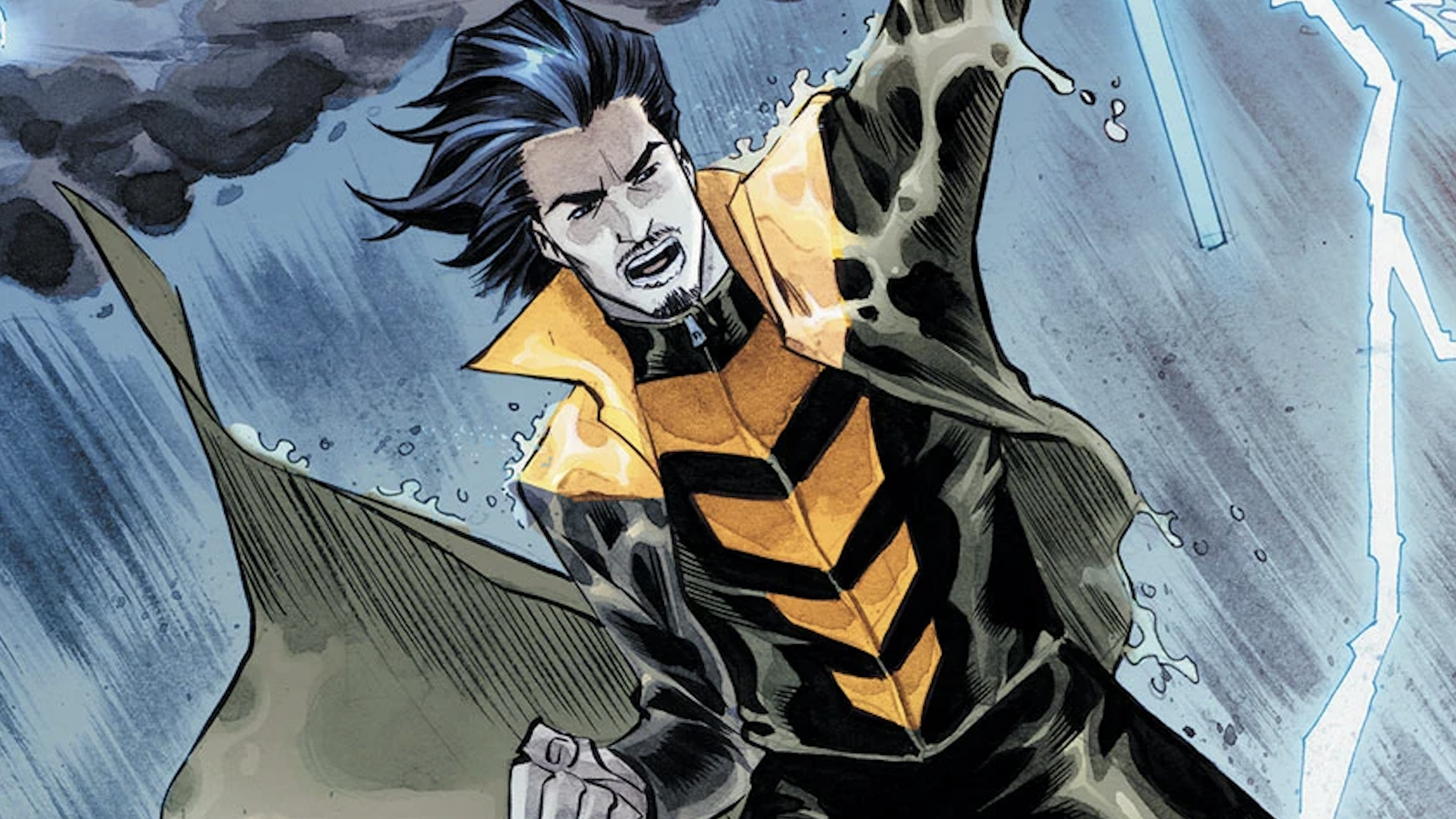
Mark Wandon, better known as Weather Wizard, first appeared in 1959 as a small-time criminal. While fleeing the police, he took refuge in his brother’s laboratory, only to discover his brother had recently passed away. The lab contained his brother’s most impressive creation – a wand capable of controlling the weather. Wandon stole the wand and transformed himself into the Weather Wizard, becoming a major enemy of the Flash. Using the wand, he can create devastating weather events like tornadoes, lightning storms, and hailstorms. He later joined the Rogues, a team of supervillains, and proved to be one of their most powerful members.
8) Mirror Master
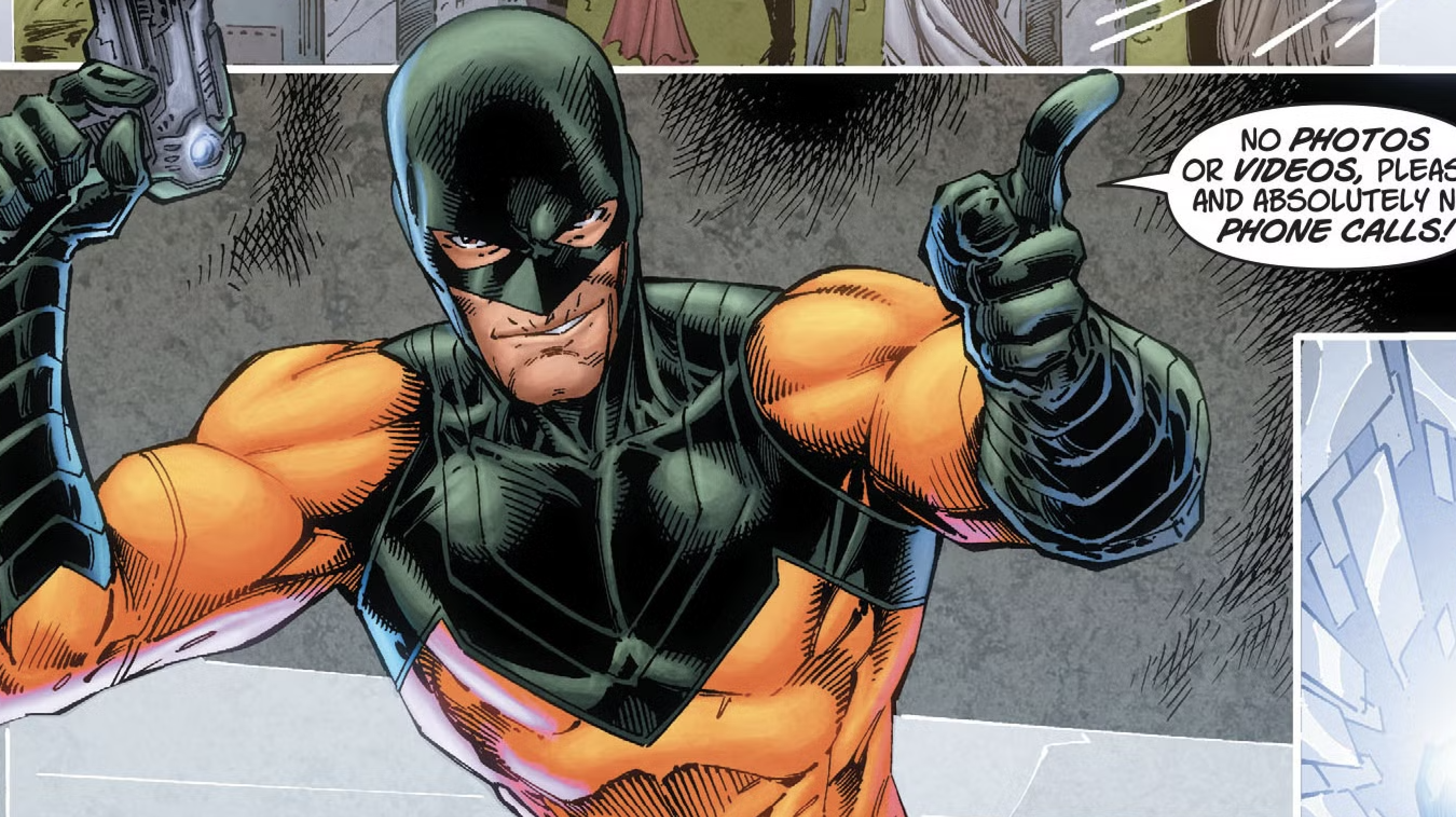
Though it might seem comical, the Mirror Master, also known as Sam Scudder, proved that mirrors could be dangerous weapons. First appearing as an enemy of the Flash in 1959, he was a burglar who found himself working with mirrors in prison. There, he unintentionally created a mirror with unusual abilities. After escaping jail and studying his creation, he developed a range of mirror-based gadgets. These allow him to create illusions, transform people into glass, and even generate solid holograms. He can also travel between dimensions by using reflective surfaces. This unique power has made him one of the Flash’s most difficult-to-catch enemies, and the go-to escape artist for the group of villains known as the Rogues.
7) Metallo

Superman is famously vulnerable to Kryptonite, and the villain Metallo – a cyborg named John Corben – actually gains power from it. Since his debut in 1959, Metallo’s backstory has changed a few times, ranging from a con artist involved in a terrible accident to a soldier who volunteered for an experimental program. However, the core of his story remains the same: Corben becomes a dangerous cyborg who holds Superman responsible for his transformation. Known as the Man with the Kryptonite Heart, Metallo has a large piece of Kryptonite embedded in his chest, which powers his body. He’s also incredibly strong and can reshape parts of himself into weapons, all to exploit Superman’s weakness. This combination of cybernetic enhancements and Kryptonite makes Metallo one of Superman’s most dangerous foes.
6) Deadshot

First appearing as a Batman foe in 1950, Floyd Lawton, known as Deadshot, is widely considered one of DC Comics’ most skilled assassins. He began as a wealthy man who used his shooting talent to pose as a vigilante and work with Batman. However, this was a ruse to cover up crimes committed by his associates. After losing his fortune and having his plans fail, Deadshot became a hired gun and mercenary. He later gained prominence as a key member of the government’s Suicide Squad. Despite being a cold-blooded killer, Deadshot sends most of his money to his daughter, Zoe, adding complexity to his character.
5) Captain Cold
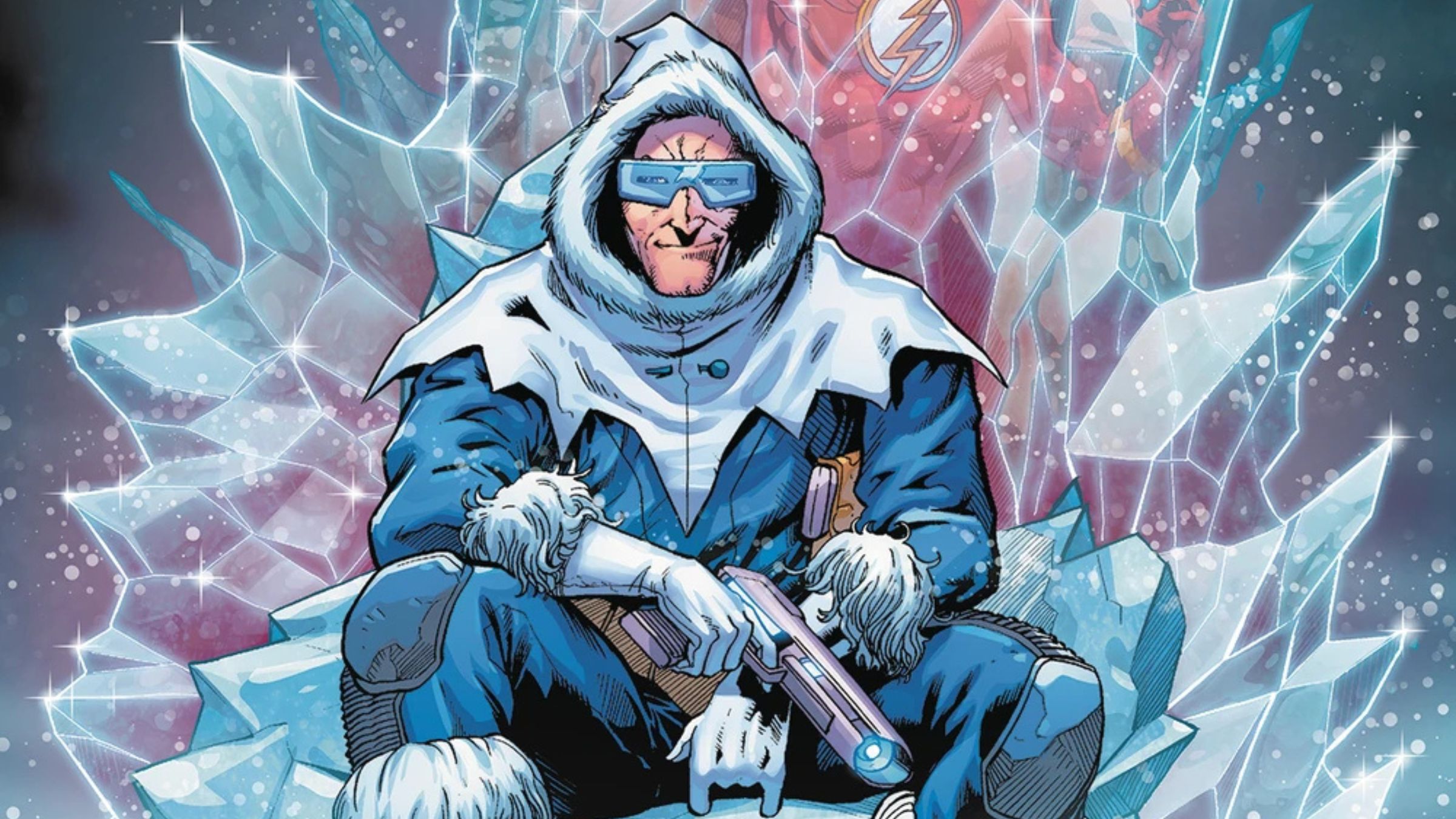
Leonard Snart, better known as Captain Cold, first appeared in 1957 and quickly became a famous criminal in Central City. Starting as a petty thief, he invented a special gun that shoots freezing beams, capable of slowing anything down – even the Flash – at its most basic level. Captain Cold eventually gathered the Flash’s most dangerous foes and created the supervillain group known as the Rogues. What sets Captain Cold apart is his strong personal code: he refuses to harm innocent people and makes sure the rest of the Rogues follow this rule. Despite being a villain, Captain Cold isn’t actually cruel or heartless.
4) Bizarro
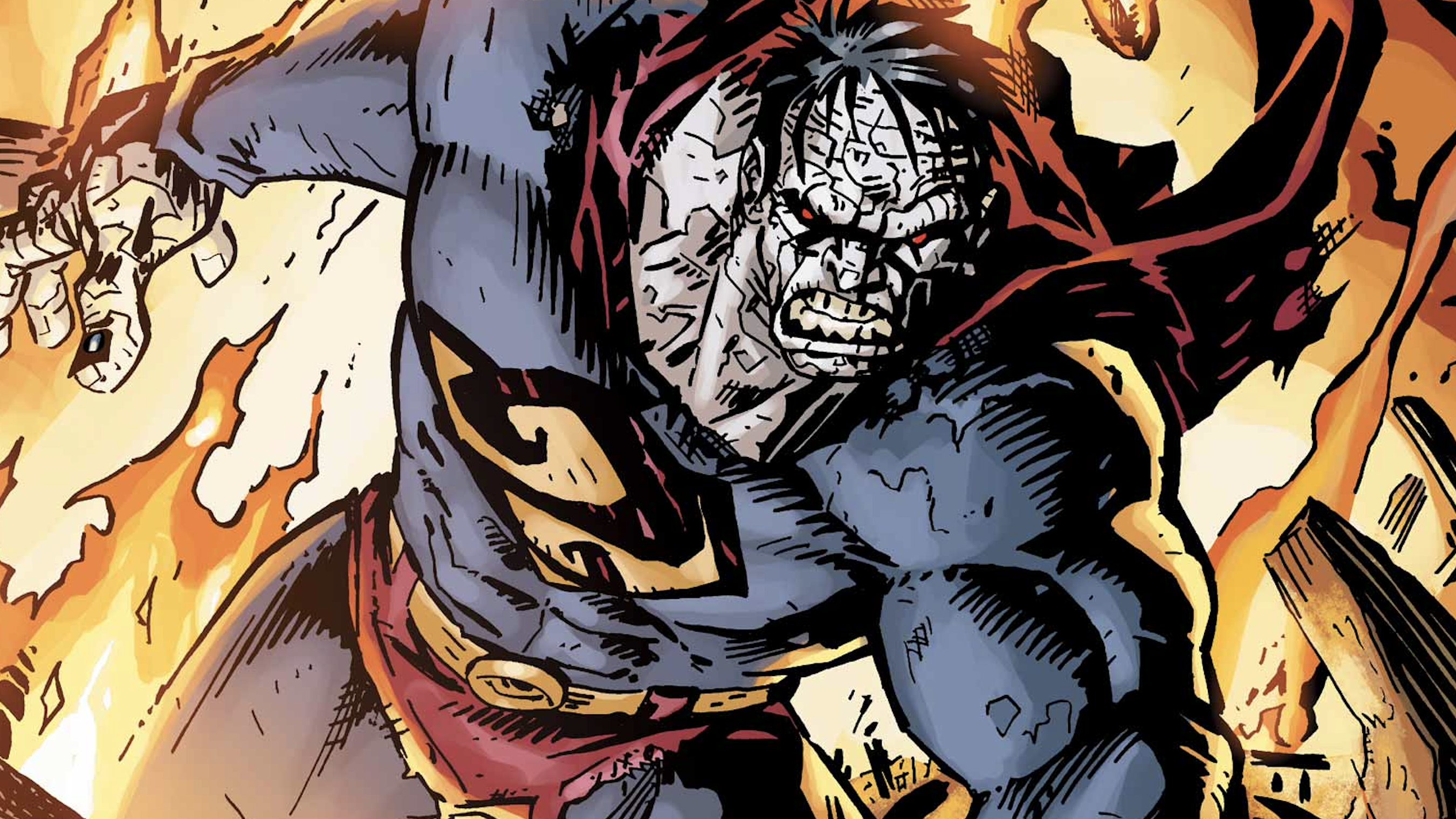
First appearing in 1958, Bizarro is a distorted copy of Superman who says and does the opposite of what’s expected. Created by Lex Luthor as a powerful rival, Bizarro possesses strength and speed comparable to Superman, but isn’t very bright. Because he thinks in reverse, his attempts to help often backfire and put people at risk. He’s also easily tricked by villains into fighting Superman. Over the years, there have been different versions of Bizarro, even one from a cube-shaped world! Regardless of his origins, Bizarro remains a flawed and powerful imitation of the hero he tries to be.
3) Gorilla Grodd
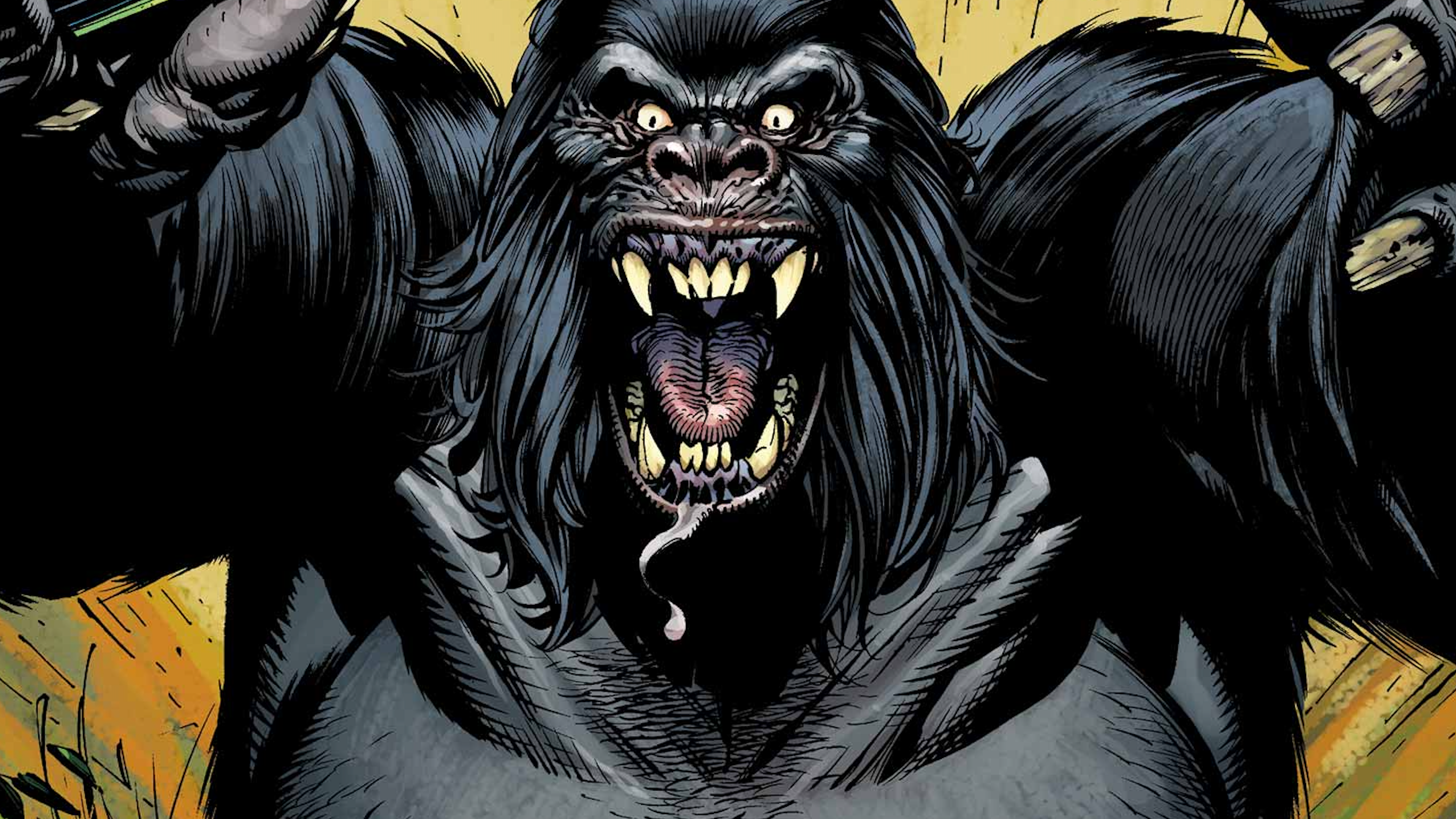
DC Comics has a knack for creating memorable villains, and Gorilla Grodd is a prime example – a truly frightening, talking, telepathic gorilla! First introduced in 1959, Grodd is an incredibly intelligent ape who hails from the hidden Gorilla City deep within the African jungle. Unlike the peaceful gorillas of his home, Grodd is driven by a desire for war and domination. He’s become one of the Flash’s greatest foes, relentlessly trying to take over the world and eliminate humankind. Beyond his incredible physical strength, Grodd possesses powerful telepathy, allowing him to read minds and control others. He’s also a gifted scientist and planner, constantly devising complex schemes and technology to defeat the Flash. Grodd is a perfect blend of intelligence and raw power.
2) Brainiac

Brainiac is one of the smartest beings in the DC Universe, and he’s been a threat since he first appeared in 1958. Originally from the planet Colu, he’s a frightening combination of living tissue and technology. Motivated purely by logic and a thirst for knowledge, Brainiac travels the stars in his ship, capturing cities and their populations for study. But he believes knowledge is only valuable if he has it, so he destroys the planets these cities came from. He’s infamous for shrinking the Kryptonian city of Kandor and keeping it as a trophy on his ship. With a genius-level intellect, an army of robotic drones, and the power to destroy planets, Brainiac is a major enemy of Superman.
1) Mr. Freeze
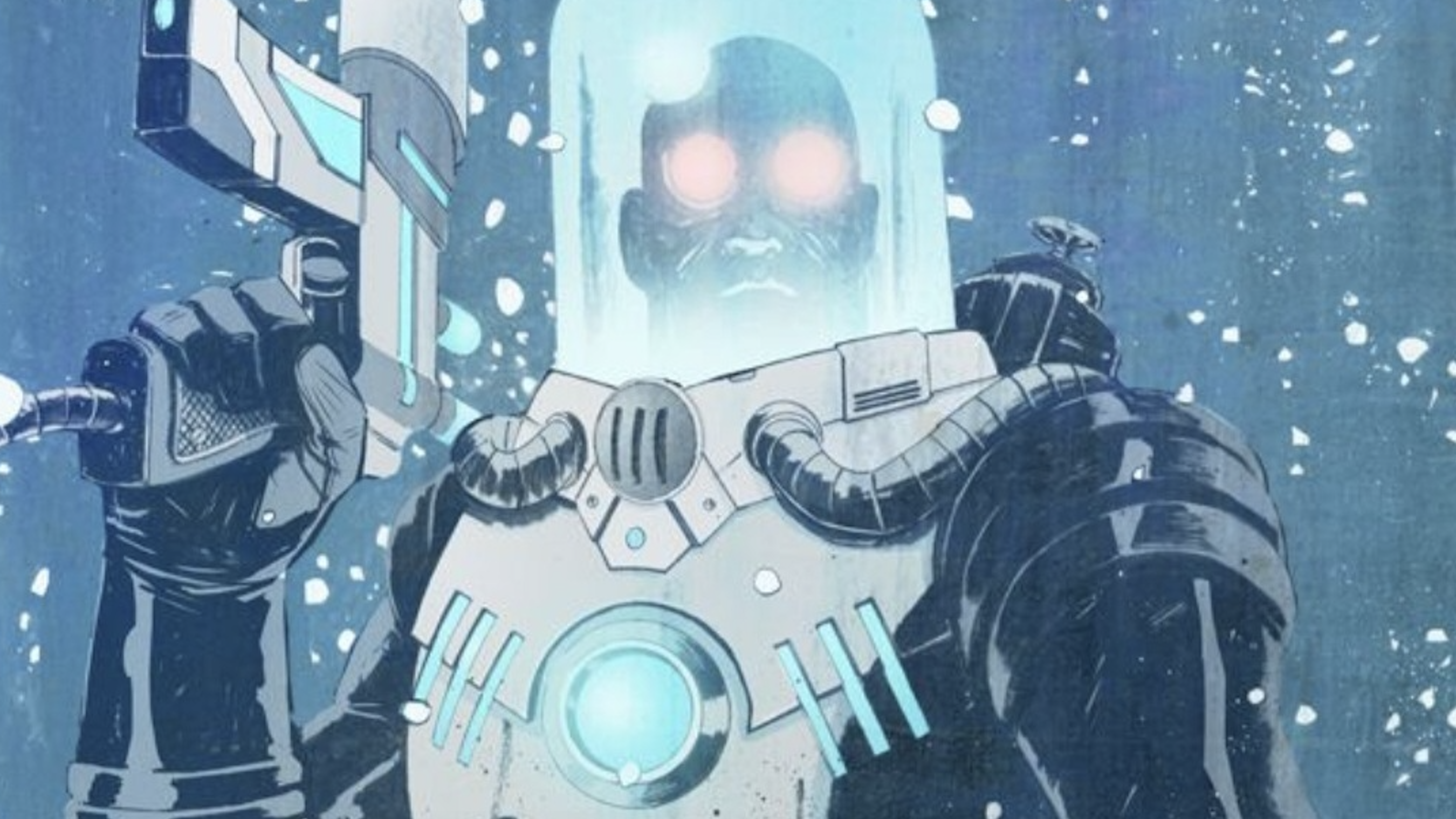
First appearing in 1959, Mr. Freeze, also known as Victor Fries, has become one of Batman’s most well-known and heartbreaking enemies. A gifted scientist specializing in extreme cold, Fries froze his wife, Nora, hoping to preserve her while he searched for a cure to her life-threatening disease. A lab accident tragically left Fries unable to survive in normal temperatures, forcing him to wear a specialized suit and use a freeze gun to stay alive. Driven by his love for Nora, he turned to crime to finance his research. Despite his good intentions, Mr. Freeze remains a dangerous villain, willing to eliminate anyone he sees as a threat to saving his wife.
What do you think? Leave a Comment below and join the conversation in the ComicBook Forum!
https://comicbook.com/comics/list/10-dc-supervillains-who-defined-the-1940s/embed/#
Read More
- Hazbin Hotel season 3 release date speculation and latest news
- This 2020 Horror Flop is Becoming a Cult Favorite, Even if it Didn’t Nail the Adaptation
- Fishing Guide in Where Winds Meet
- Silver Rate Forecast
- Where Winds Meet: How To Defeat Shadow Puppeteer (Boss Guide)
- Meet the cast of Mighty Nein: Every Critical Role character explained
- 🤑 Crypto Chaos: UK & US Tango While Memes Mine Gold! 🕺💸
- Jelly Roll’s Wife Bunnie Xo Addresses His Affair Confession
- You Won’t Believe What Happens to MYX Finance’s Price – Shocking Insights! 😲
- Gold Rate Forecast
2025-11-23 03:43